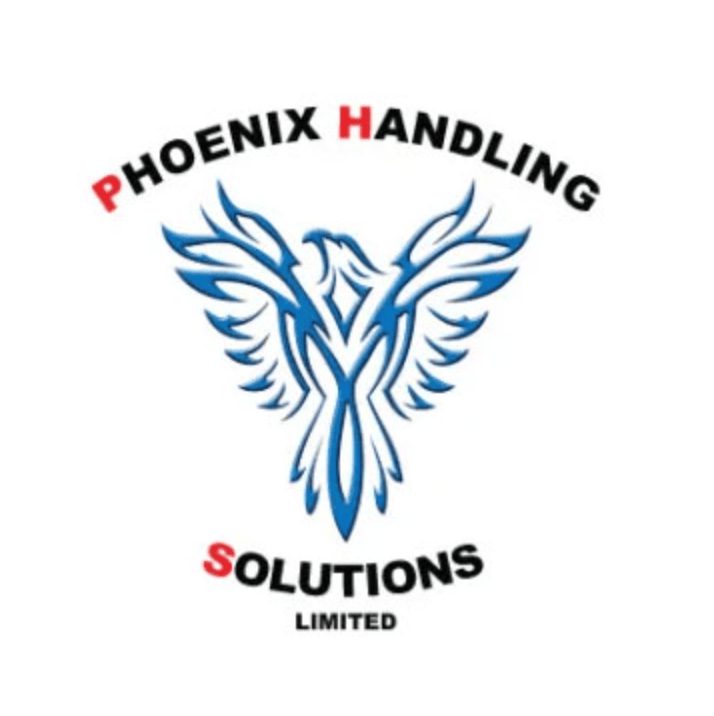PHS: Strapping in for success…

Supplier News
How a key piece of kit at the end of the line can work for the safe delivery of your product and mean make or break for customer satisfaction
Secure, stable and safe – three of the key terms which are music to the ears of savvy manufacturers whose priority is optimising the final stages of the supply chain to ensure their goods reach their intended destination both intact and ready and fit for purpose.
Strapping machines are designed to streamline the process of securing bundles of goods with straps, enhancing both efficiency and reliability. Made from various materials such as plastic, steel or polyester, straps can be used to address different packaging needs, from lightweight parcels to heavy industrial products, allowing for their application in securing boxes, reinforcing crates, or even bundling together items like newspapers and textiles.
Here, we’ll look at some of the key roles of strapping machines in the EOL supply chain process…
Securing Loads for Stability and Safety
Strapping machines ensure that products are tightly bound together, preventing movement and shifting during handling and transportation. This can be particularly useful for securing loose or irregularly shaped items on pallets, reducing the risk of accidents or injuries due to falling or shifting loads.
Product Protection
Proper strapping helps protect products from damage during transport by keeping the items securely in place, preventing collisions, drops or abrasions that could occur if the products were free to move around.
Improving Packaging Efficiency
The automation of the process of applying straps means it is much faster than the manual method. This increased speed enhances overall packaging efficiency and throughput at the end of the production line.
Machines ensure consistent tension and placement of straps on every package, minimising errors and bringing a uniformity to help in maintaining a higher level of quality and reliability in packaging.
Reducing Labor Costs and Enhancing Safety
By automating the strapping process, the need for manual labour is reduced, lowering costs and freeing up the work force to undertake other tasks. It also reduces the physical strain on workers who would otherwise need to perform the repetitive and potentially strenuous strapping process.
Strapping technology can help create a safer work environment by reducing the need for manual handling of heavy or awkward packages and can also minimise the risk of repetitive strain injuries or accidents caused by manual strapping tools.
Supporting Different Packaging Needs
Machines are versatile and can handle various types of packaging requirements from small bundles to large pallets, utilising different types of strapping materials including polypropylene, polyester and steel, depending on the application, weight and type of load.
Many machines are programmable and adjustable to accommodate different sizes, shapes, and weights, allowing for further flexibility in handling a wide range of products and packaging configurations.
Ensuring Compliance with Shipping and Handling Regulations
Properly strapped loads are often required to meet shipping and transportation regulations and standards, particularly for heavy or hazardous materials. Machine technology helps to ensure compliance by applying the correct tension and ensuring secure loads.
Advanced machines have technology enabling the integration of labelling and identification systems, allowing simultaneous application of straps and labels, crucial for maintaining inventory control and meeting regulatory requirements.
Integration with Other Automation Systems
Strapping technology can be integrated with other end-of-line automation systems, such as palletisers, conveyors and wrapping machines, creating a streamlined and efficient packaging line, with the integration helping to optimise the overall supply chain process, which reduces bottlenecks and enhances productivity.
Advanced strapping machines often come with sensors and software which can provide data on strap usage, machine performance and maintenance needs, which can be used to monitor and optimise the process, reducing downtime and improving operational efficiency.
Reducing Packaging Material Waste
Automation allows just the right amount of strapping material needed to secure the load, minimising waste and reducing costs associated with excess material usage, contributing to more sustainable packaging practices and cost savings.
Enhancing Load Traceability and Inventory Management
Some strapping machines can incorporate barcode or RFID tagging systems, allowing for better tracking and traceability of packaged goods. This is particularly useful in inventory management and supply chain logistics, ensuring accurate tracking from production to delivery.
Strapping machines are a crucial component of end-of-line supply chain services, providing essential benefits such as load stability, increased packaging efficiency, reduced labour costs, enhanced safety, and compliance with shipping regulations. By automating the strapping process and integrating with other packaging and logistics systems, these machines help optimise the overall supply chain, ensuring that products are securely and efficiently prepared for shipment and delivery.
This article was originally published by Phoenix Handling Solutions.
Related News
-
Supplier News
PHS: Layer palletisers for beverages
-
Supplier News
PHS: Why efficient packing is not just for holidays…
-
Supplier News
PHS: Working smarter for commercial and industrial manufacturing efficiency
-
Supplier News
PHS: Packaged to perfection for industrial and commercial needs
-
Supplier News
PHS: How semi-automatic pallet wrappers are transforming the food industry





